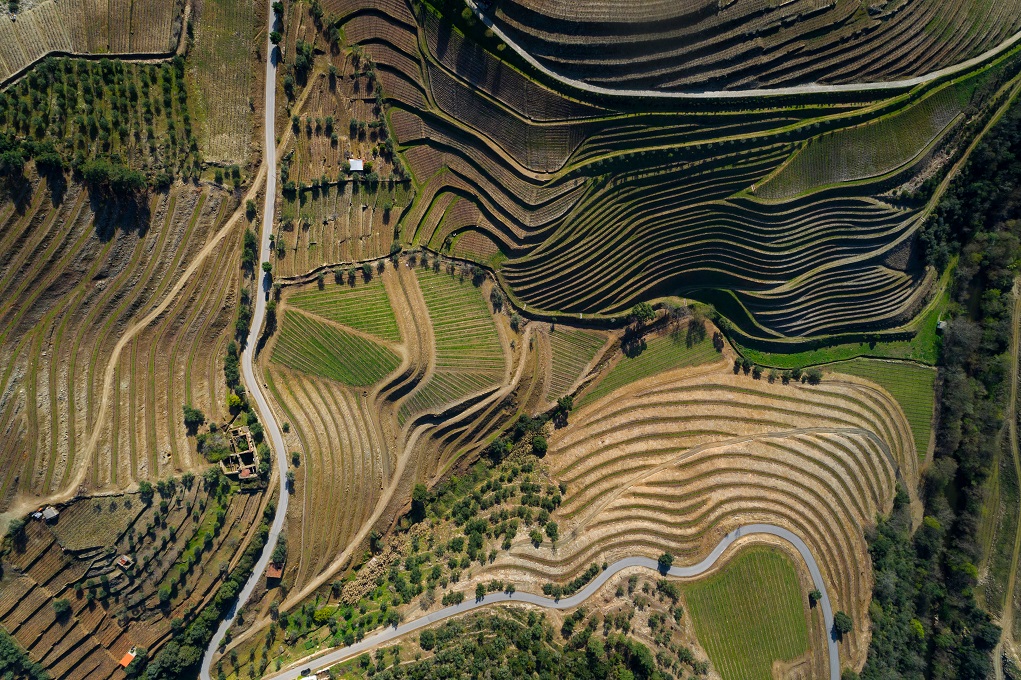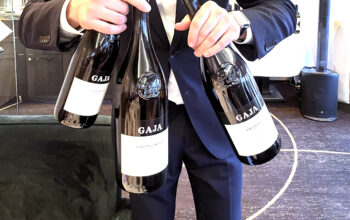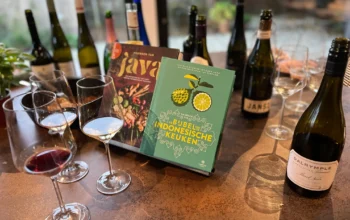Slowly, Portugal's beautiful wines are conquering a place on the wine shelf, in our cellars and in our hearts. There are many differences between them, but there is also an important commonality. Indeed, wines made from local Portuguese grape varieties are all quirky and elegant. - TEXT MAGDA VAN DER RIJST | IMAGE EDITORS
No lesson in Portugal for beginners here, but for convenience's sake, let's get the facts straight. Portugal has a length of about 600 kilometres and is surrounded by ocean to the west and south. To the east and north, it borders Spain, its neighbour with which it has little in common in terms of wines. Portugal's climate is cooler and wetter on the coast than inland, and from north to south it gets progressively drier and hotter. The predominantly old soil consists of granite and schist, especially in the north, but also elsewhere. In the coastal areas, you will find calcareous clay and sandy soils. Climate, soil and location of the vineyards are essential for the style of the wines, but Portugal's greatest asset is the incredible amount of indigenous grape varieties to which the winemakers have remained loyal over the centuries.
Horn of plenty
See, and that's what I love about the Portuguese. They just don't care what happens in the rest of the world. They have been making wine for thousands of years and they drink most of it themselves. Why plant merlot and chardonnay?
(…)
Are you curious to find out more about Portugal. You can read about it in WINELIFE Magazine 75. Order individual issues here!
Don't want to miss a single edition? Subscribe then subscribe to WINELIFE Magazine now!
Want to stay up to date with the best articles? Follow WINELIFE magazine on Instagram, Facebook and sign up for our fortnightly newsletter.




